Exploring the Atlantic Wall: A WWII Coastal Defense
The Atlantic Wall was a massive fortification project undertaken by Nazi Germany during World War II. Built along the Atlantic coast from Norway to the Spanish border, the wall was intended to defend against an Allied invasion of Europe.
Construction of the Atlantic Wall began in 1942, and it involved the deployment of thousands of workers, including prisoners of war and forced laborers. The wall was designed to be a series of interconnected bunkers, gun emplacements, and other defensive structures that would make an amphibious invasion from the sea nearly impossible.
Despite the massive effort put into building the Atlantic Wall, it ultimately proved to be ineffective. The wall was breached on June 6, 1944, during the D-Day invasion of Normandy, when Allied forces landed on the beaches of France and began to push inland.
While the Atlantic Wall failed in its primary purpose of stopping the Allied invasion, it remains an important historical artifact and a reminder of the horrors of war. The wall is also an impressive engineering feat, showcasing the ingenuity and technological advancements of the era.
Today, many parts of the Atlantic Wall are open to visitors and have been turned into museums and memorials. These sites offer visitors a chance to learn about the history of the wall and the experiences of the people who built and defended it.
Visitors can explore the bunkers and gun emplacements that made up the Atlantic Wall, and they can learn about the tactics and strategies used by both the German defenders and the Allied invaders. They can also gain a deeper understanding of the toll that war takes on both soldiers and civilians, and the importance of peace and diplomacy in preventing conflict.
Overall, the Atlantic Wall serves as a powerful reminder of the devastating consequences of war and the importance of preserving peace and diplomacy. By exploring the history and legacy of the Atlantic Wall, we can gain a greater appreciation for the sacrifices made by those who fought and died during World War II, and work towards a more peaceful future.
 |  | 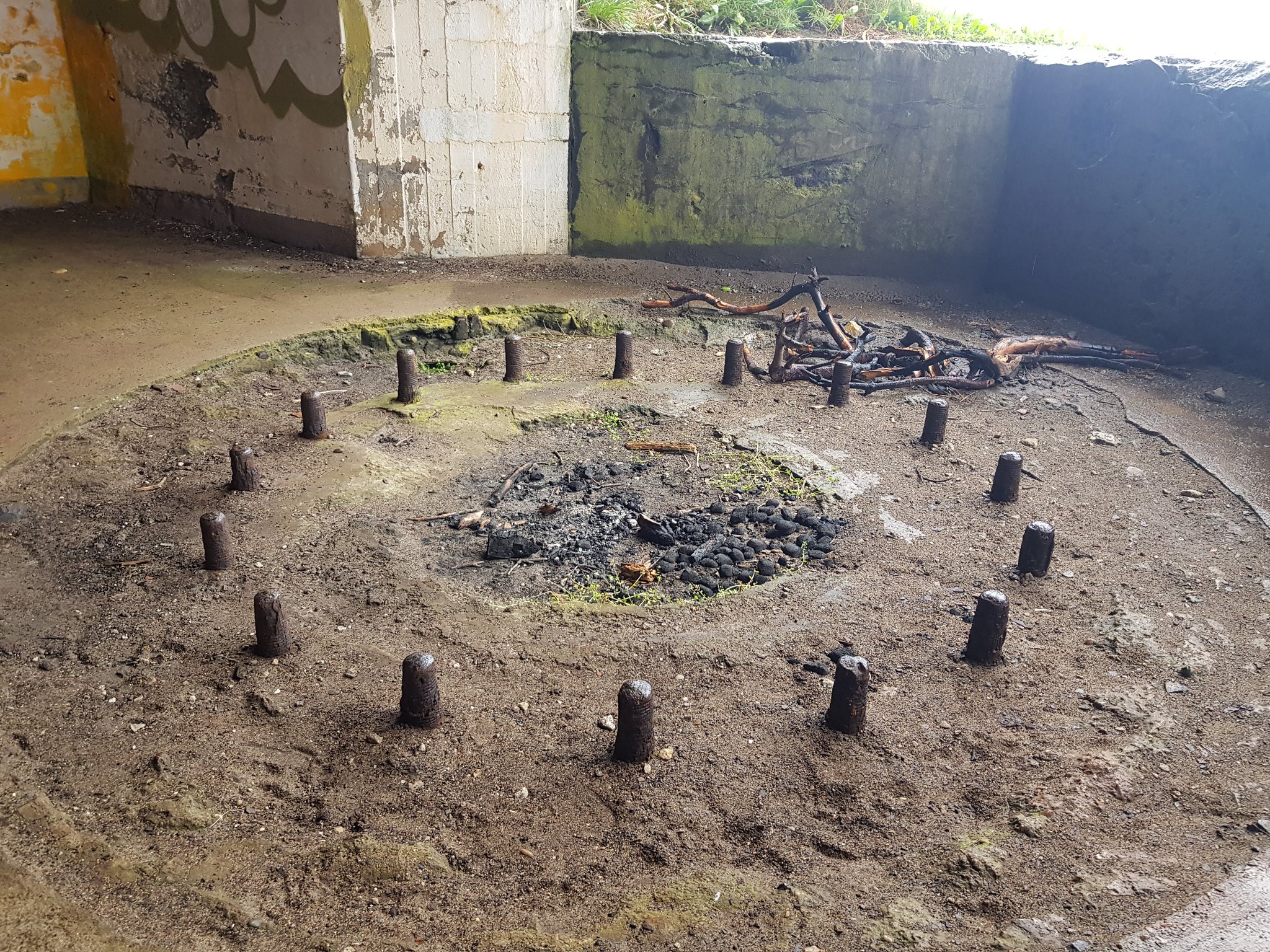 |
 |  |  |
 |  |  |
 |  |  |
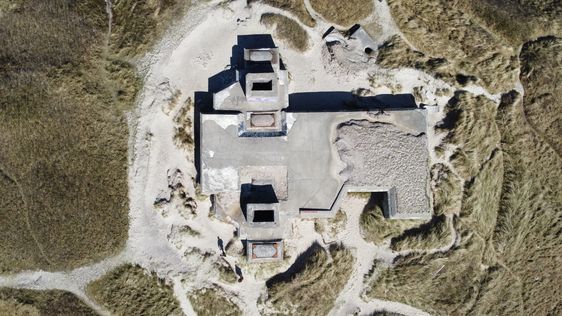 |  |  |
 |  |  |
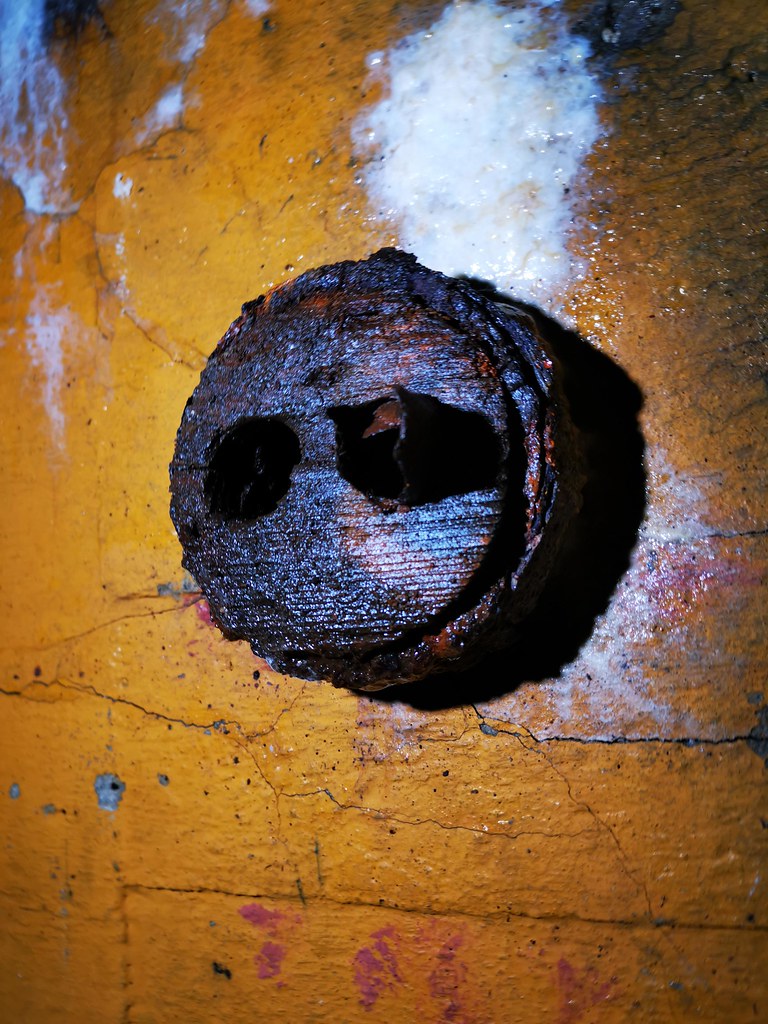 |  |  |
 |  |  |
 |  |  |
 |  |  |
 |  |  |
 |  |  |
 |  |  |
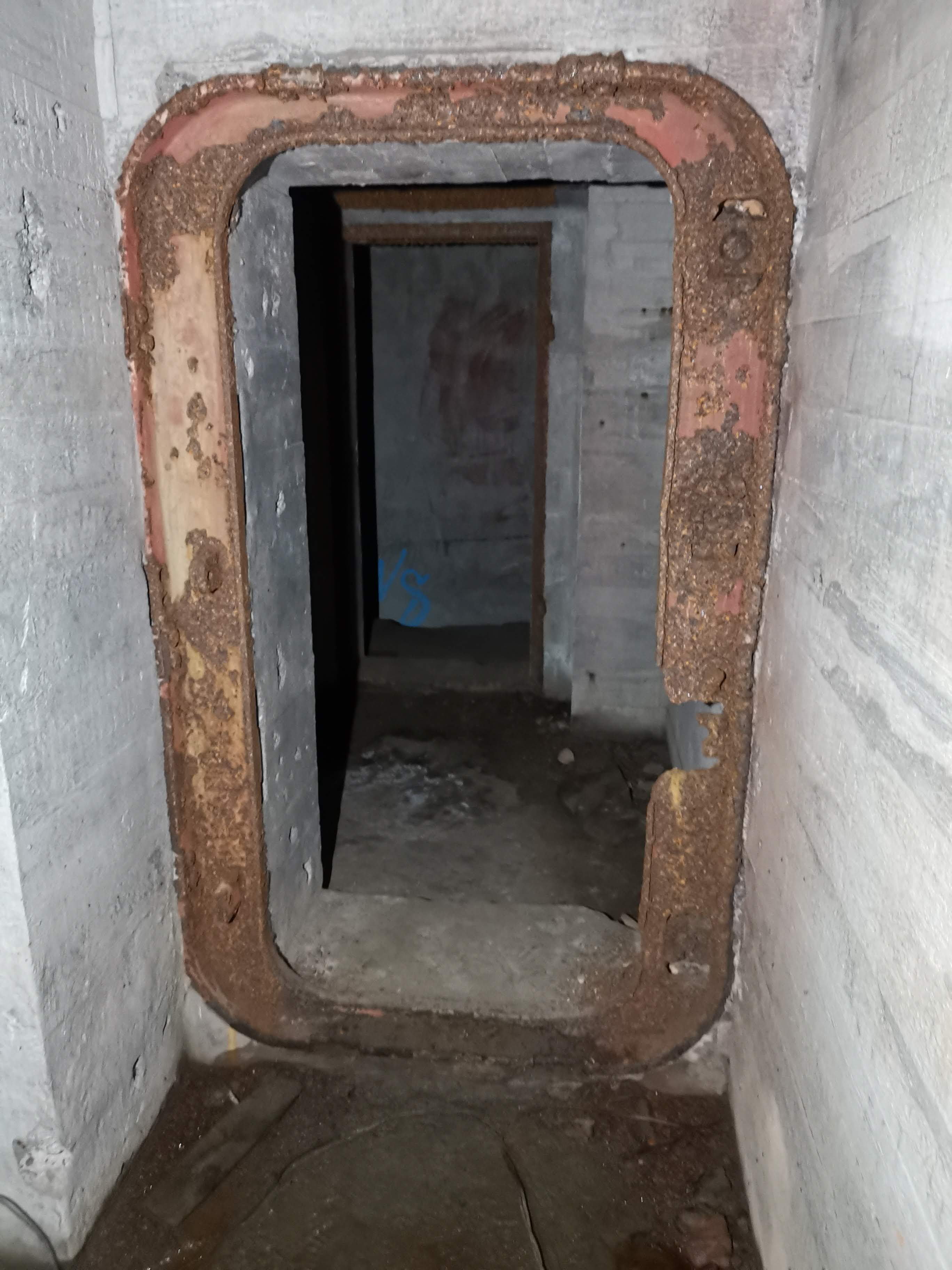 |  |  |
 | 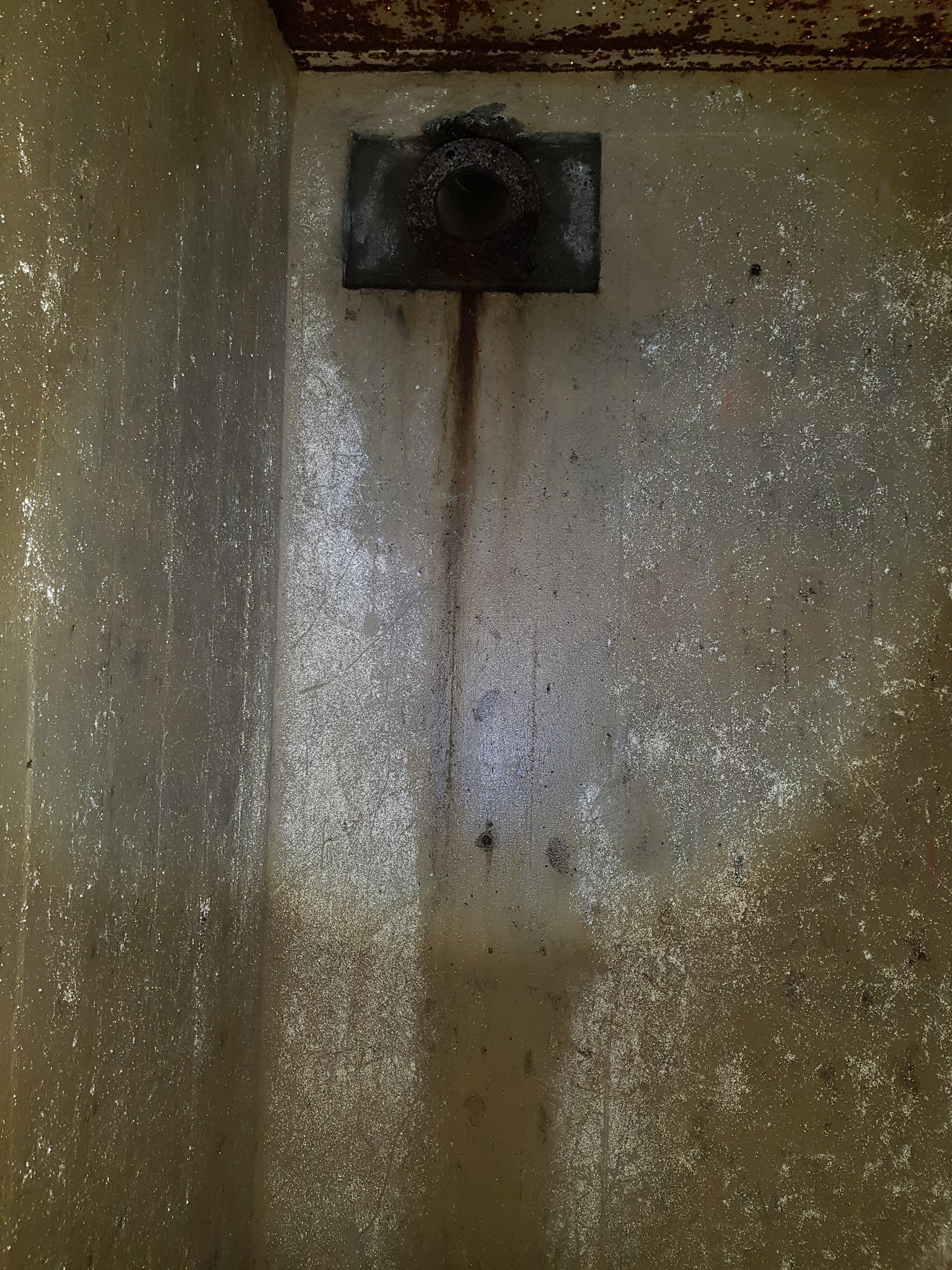 |  |
 |  |  |
 |  |  |
 |  |  |
 |  |  |
 |  |
@atlantic_wall_explorers A line of bunkers, barbed wire, obstacles #atlantic wall♬ original sound - atlantic wall
Pinterest boards

Nazi Germany launches invasion through channel
Problem: The Atlantic Wall was a series of fortifications built along the coast of France during World War II. Promise: The Atlantic Wall provided a safe haven for the French people from the Nazi invasion. Proof: The Atlantic Wall is a must see for any history buff. Proposal: Take a tour of one of these abandoned bunkers and see for yourself!.

It was intended to help Germany conquer Europe
Construction of the Regelbau bunker system starts at $12,000.

It once held back Nazi Germany's 8th Army
The Atlantic Wall was a system of fortifications built along the French coast during World War II. It was designed to protect France against a possible invasion by Nazi Germany.

New Life for the Atlantikwall
This is not your average wallpaper. Haunting pictures of the decaying WWII 'pillbox' bunkers that remind Europe of its dark past.

The wall was built in 1942
Regelbau is a type of bunker that is designed to be built according to a certain specification.

German Coastal Defence in Norway During WWII
Dramatic footage reveals an abandoned Nazi fortification along the Baltic coast of northern Germany.

In June 1944, the Allies landed at Normandy
World War 2 bunker photos and their eerie and surprising beauty.

Fortifications work against the current
Germany's Coastal Defence, which was employed during WWII, in Norway.

Regelbau is a type of standard-built bunker.
The Atlantic Wall was a system of fortifications which ran from the North Sea to the Swiss border during World War II. "The wall" and "the fortifications" (German: de. de. Festungsbau) were used interchangeably. The fortifications were built by the Organisation Todt and include massive concrete fortifications, underground fortifications, and the many obstacles and obstructions designed to make an Allied landing on the northern coast as difficult as possible.
Related Sites:
- the nazis built the atlantic wall
- protectingthefuture with
- ww2 bunkers exposed to storms
- the building of atlantic wall began in
- find out more about the atlantic wall
- see remaining atlantic wall today
- what was the atlantic wall
- the surprising beauty of world war ii
- received in germany until end of world
- construction of these wwii bunkers has started
- remembering wwiis nazi occupation
- what is the atlantic wall
- Boards | Pinterest
- protectingthefuture with the atlanticwallatlas
- check out the ghostly atlantic wall
- when was atlantic wall built
- the atlanticwall protected atlantic
- battle in norway during wwii
- visit atlanticwall to learn more
- when was atlantic wall first built
- they are bunkers from second world war
- atlantic wall military training site
- Profile | Pinterest
- walk atlantic wall
- military training site bunker
- germany had the best soldiers
- to buy a bunker
- remains of the atlantikwall

















































































Comments
Post a Comment